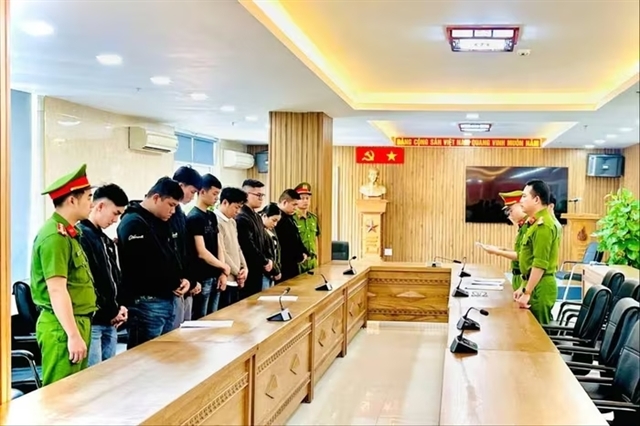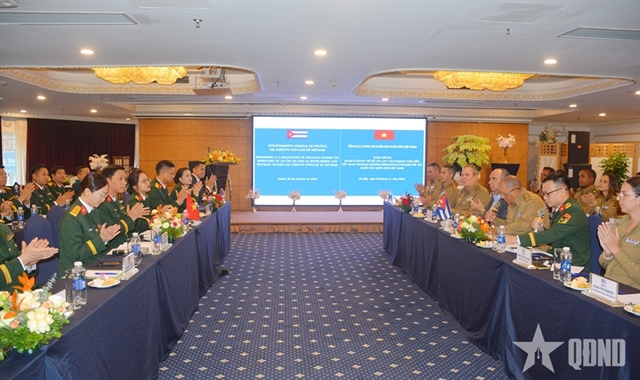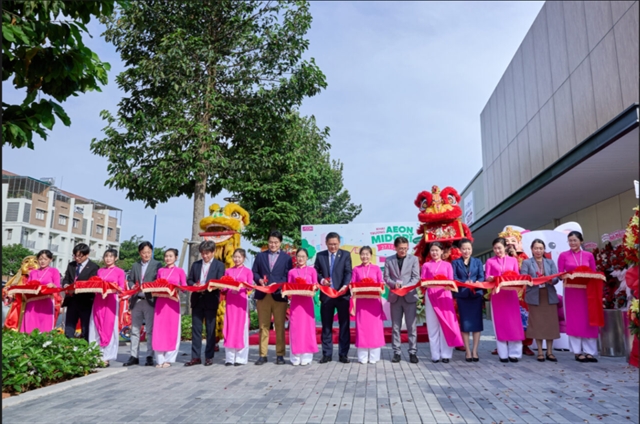 Economy
Economy
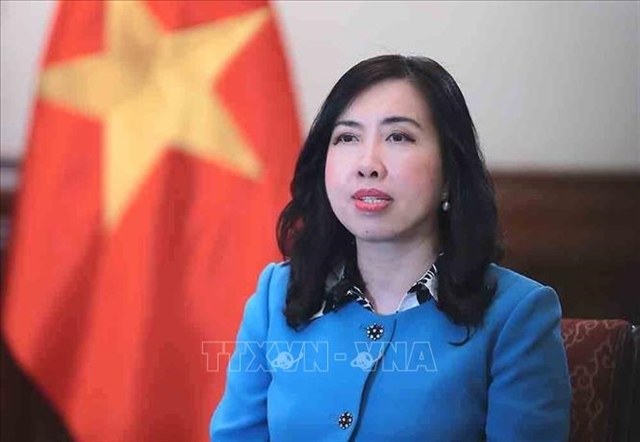
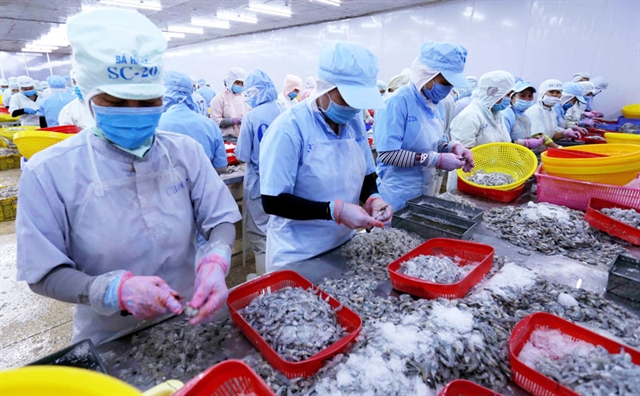
|
| Shrimp processed for export at Bá Hải Joint Stock Company, Phú Yên Province. Việt Nam had many products with advantages for export to the EU such as fruits, shrimp, tuna and other seafood products. — VNA/VNS Photo |
HÀ NÔI — Enterprises should focus on enhancing competitiveness by strictly complying with regulations on traceability and building brands to get more benefits from the EU – Việt Nam Free Trade Agreement (EVFTA) and promote sustainable exports to the bloc.
Hoàng Quang Phòng, Deputy Chairman of the Việt Nam Chamber of Commerce and Industry (VCCI), said at a conference on reviewing the two-year implementation of the EVFTA on Thursday that the first two years of EVFTA implementation was the time when the world and Vietnamese economies faced unprecedented fluctuations from the COVID-19 pandemic, disruption of supply chains, Russia – Ukraine conflict to the crises of food and energy.
He stressed that in that context, the trade deal played an important role in mitigating the adverse impacts of unprecedented fluctuations and helping improve the trade and investment relations between the two sides.
Việt Nam’s exports to the EU averaged $41.7 billion per year in the August 2020 – July 2022 period, 24 per cent higher than the average of the 2016-19 period when the EVFTA had not come into force. The proportion of export products that enjoyed preferential tariffs under the trade deal increased from 14.8 per cent in 2020 to 20.2 per cent in 2021 and 24.5 per cent in the first half of this year.
The FDI flow from the EU to Việt Nam was nearly $1.38 billion in 2020, a drop of 8.6 per cent against 2019, however, it saw a slight increase of 2.2 per cent in 2021 to reach $1.4 billion, making the EU the fifth largest foreign investor in Việt Nam.
Still, the EU’s investment in Việt Nam remained modest, accounting for just 0.35 per cent of the total investment abroad of the EU.
Nguyễn Cẩm Trang, Deputy Director of the Import-Export Department under the Ministry of Industry and Trade, said that the EVFTA contributed significantly to promoting exports of Việt Nam. Many products saw impressive growth in exports to the EU such as steel and iron by 739 per cent, cameras and components by 260 per cent, machinery and equipment by 82.3 per cent, rice, bamboo and rattan products by more than 50 per cent, ceramic and porcelain products by over 25 per cent, and vegetables and fruits by over 15 per cent.
There was still significant room for export expansion, Trang said, pointing out that Việt Nam’s export now made up for just 1 per cent of the EU’s imports.
Việt Nam had many products with advantages for export to the EU such as fruits, shrimp, tuna and other seafood products.
The report on the review of the EVFTA carried out by VCCI and FNF Institute on more than 500 enterprises found that nearly 41 per cent of enterprises said they enjoyed at least a benefit from EVFTA, Nguyễn Thị Thu Trang, Director of the VCCI’s WTO and Integration Centre, said.
The most common benefit was preferential tariff for import-export goods and positive effects in increasing orders, revenues and profits.
The report also found an improvement in enterprises’ understanding of the agreement with nearly 94 per cent having heard or known to different degrees about the EVFTA, the highest among existing FTAs.
Three out of every 10 enterprises know quite well and one very well about the EVFTA commitments related to their business operation. Looking to the future, 76 per cent expected that the EVFTA and other agreements would have impacts on their business prospects in the next three years and most were optimistic that the impacts would be positive.
Enterprises also pointed out obstacles that made it difficult for them to benefit from the EVFTA and other FTAs, including market fluctuations and uncertainties, limited competitiveness, lack of information about commitments and how to take advantage of these commitments.
VCCI also found nine legal documents were amended and issued to implement the EVFTA commitments, but the issuances were mostly slower than expected, which affected enterprises in the process of taking advantage of the EVFTA in the early phase.
Cao Xuân Phong from the Institute of Legal Studies said that it was necessary to hasten institutional reforms to implement the EVFTA and other new-generation FTAs more efficiently.
According to Trang, enterprises should be active in taking advantage of the EVFTA commitments through keeping a close watch on market developments, global economic fluctuations, Russia – Ukraine conflict and inflation risks to have production and business plans.
At the same time, it was necessary for enterprises to renovate production and business methods, and increase the application of technologies to create high-quality products and meet the requirements of the EU markets, Trang said.
Lê Xuân Sang, Deputy Director of the Việt Nam Institute of Economics, said trade promotion activities must be enhanced together with removing obstacles to enable enterprises to diversify export products and markets and participate in the EU’s supply chains.
Enterprises should also get prepared to cope with trade defence lawsuits, he said. — VNS


